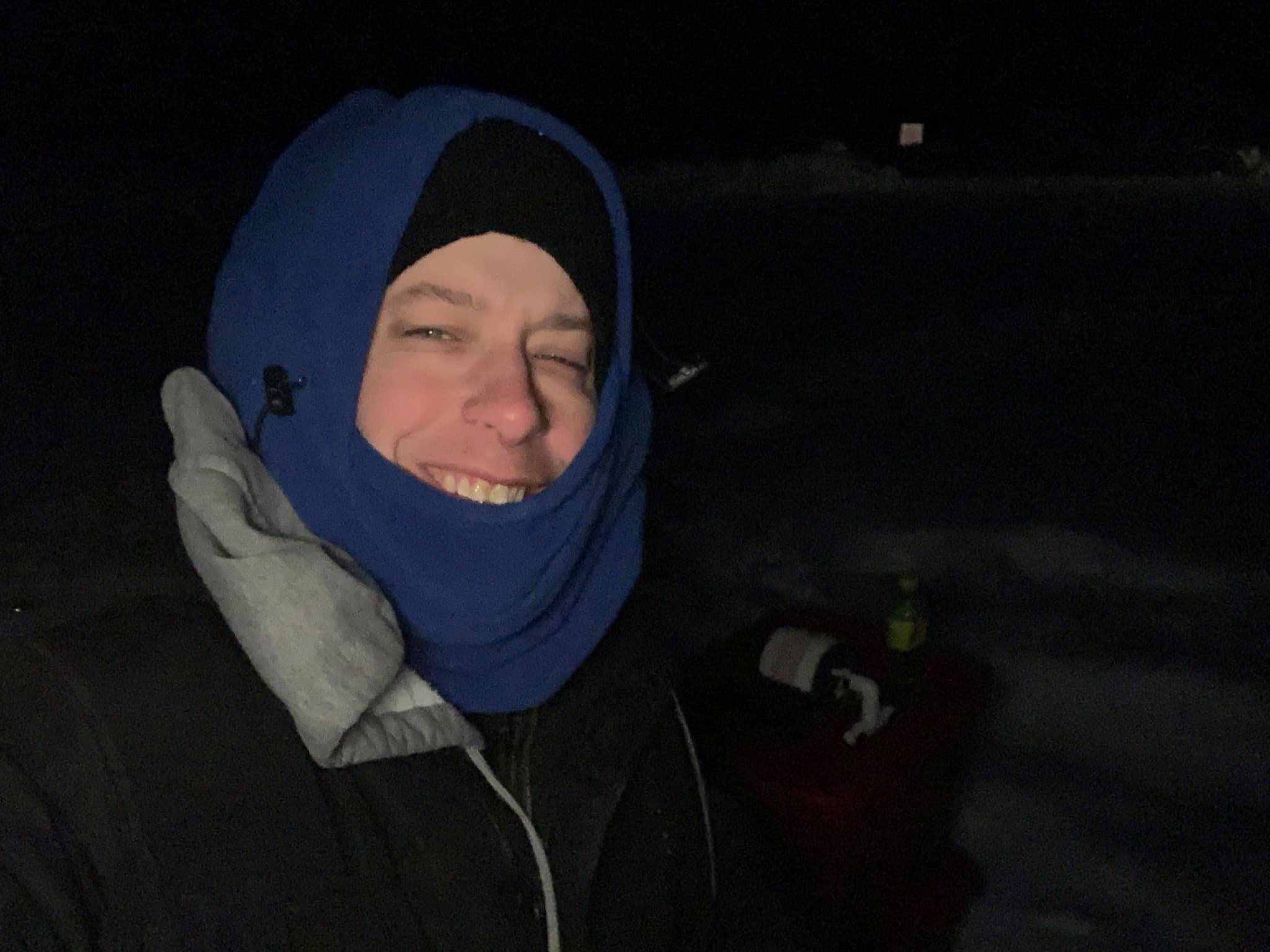Many thanks to SWLing Post contributor, Paul Walker, who has kindly allowed me to published some notes he recently shared among MW DXers about DXing in McGrath, Alaska, USA:
 During a Zoom hang out with a bunch of Pacific NW DXers, one of the things that come up was why my DXing in Alaska is beyond amazing, and we’ve come to a few conclusions.
During a Zoom hang out with a bunch of Pacific NW DXers, one of the things that come up was why my DXing in Alaska is beyond amazing, and we’ve come to a few conclusions.
The extended darkness. Sunrise in the middle of winter here is 3+ hours later than the west coast, so once their Skywave burns off, I’m left with darkness over the pole and to my west.
There’re no operating AM stations within just under 200 miles from me which is a big help. I have heard distant signals on the same channel as “semi locals” such as 780 and 1080.
And I’m pretty sure there’s something to the fact I’m close to the North Pole. Still far, but closer than most.
Interesting to note though: pre sunset DX isn’t a thing there. What I’ve unscientifically discovered is it seems to be that the entire Pacific has to be dark for DX to be worthwhile for me in the evening … despite my evening DX being Canada and the lower 48 US States.
What most everyone else hears at night, such as the transpacific signals from Japan, China, Australia etc…, I hear in the morning. Hearing anything from Asia or the Pacific at night is EXTREMELY rare.
[Since I’m DXing outdoors in extremely cold conditions] I’m getting extra batteries, extra audio cables (to go between the recorder and the radio), another radio, and another recorder. Oh and some hot hands hand warmers. Also have some extra gloves and hats ordered too.. getting prepped for winter DXing well ahead of time!
The hand warmers are as much for my gloves as they are for my digital recorder… AA batteries don’t last long during continuous use in extreme cold.
i also have a portable battery and extra cable so I can use it for my phone. Those lithium ion batteries hate cold even more than aa alkaline batteries–they will shut off in the cold. In fact, you have to not only warm it up but charge it. The cold causes it to think tis dead…. and even warming it up won’t work.
Here’s a video link to my FSL antenna designed and built by Gary DeBock:
DXIng is one of the reasons I moved back up here to Alaska and it’s entirely fascinating. I learn something new every “DX season”.
Lower 48 theory and ideas just don’t hold a bunch of weight up here … I’ve had ideas and suggestions from some really smart people that just didn’t work out.
Until you’ve DXed in Alaska, it’s hard to explain and understand.
Thank you for sharing your notes, Paul! Having never done DX in those latitudes, I can only imagine how different conditions might be–especially in those long, dark winters!

You’re DXing in Alaska reminds me of other Arctic DXing sites in the KiwiSDR group of stations: specifically in Kongsfjord, Arctic Norway (2), Iceland (3) stations, as well as 2 KiwiSDR stations in Alaska! Readers might want to try those locations to what you hear. KiwiSDR.com/public
I’ve always been interested in the Polar Skip and long-path DXing over both the Arctic and Antartica. I was teaching in the DRC Congo in the 70’s and first became familiar with long-path DX from my DXing friends in Sweden, Finland, and Norway.
I like your DXing attire in the photo
Your “July 1885” typo made this even more fun to read 😉
I wasn’t able to DX medium wave in the Alaskan Interior, since it was July 1885 when I was up there, thus 24hr day light, then. However, I was able to DX the 20M HAM Band and a local in North Pole, AK easily QSO’ed to Japan. The op from Japan came in great. Then, an op from Florida was in there, weak, but listenable. Oh… DX’ing on medium wave there may not have been easily feasible, since I was right next to the 50kW flame thrower 1170KJNP. Anyway, that was my AK DX’ing experience.
“since it was July 1885 when I was up there,”
What’s your secret to such a long life?